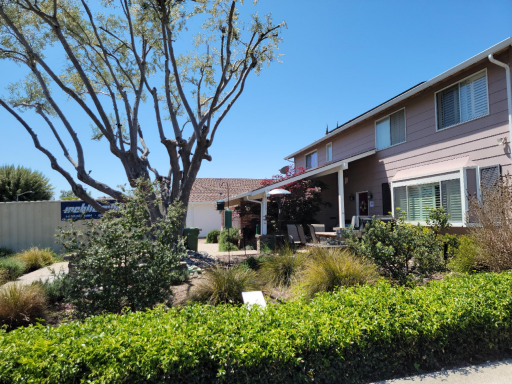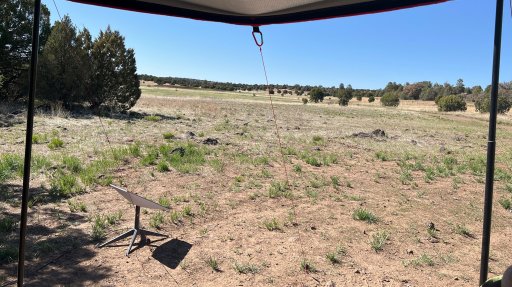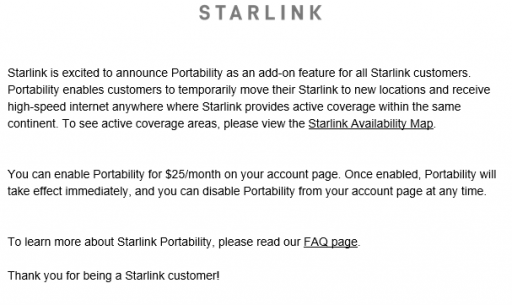
Member III
- 2,827
- First Name
- Tom
- Last Name
- Houston
- Member #
-
8300
- Ham/GMRS Callsign
- WØNUT Extra
Let me clarify some of the roaming questions, being an aerospace engineer and working in this field, I have intimate knowledge of how this all works.. In the beginning, each Starlink satellite would talk to a subscriber as it passed overhead and directly relay the signals back to an ground station in the general vicinity. Each ground station could only handle so many simultaneous conversations. By making you register, it somewhat tied you to a particular ground station and kind of reserved you a slice of the pie. Many of the older satellites still work that same way.
The newer satellites work in a mesh network configuration and converse between themselves using lasers handling what is call back haul. That way, if your "local" ground station is busy, it could hop between one or more satellites and get to a free ground station connection. This is the wave of the future. It allows for load balancing and handling concentrations of users in one area or areas without ground stations, such as over the oceans.
This local ground station limitations is the one of the biggest reasons why mobile use of Starlink is sketchy and problematic. The whole Starlink system needs to get updated to handle hand offs between ground stations much like cell phones do. Literally hundreds of new satellites with this capability are being put on orbit and it is increasing daily. This mesh networking is not a simple task and takes significant computing resources, development, and staging. This technique has progressed to the point where one of the major airlines has recently been working to use Starlink on its airplanes in flight.
The newer satellites work in a mesh network configuration and converse between themselves using lasers handling what is call back haul. That way, if your "local" ground station is busy, it could hop between one or more satellites and get to a free ground station connection. This is the wave of the future. It allows for load balancing and handling concentrations of users in one area or areas without ground stations, such as over the oceans.
This local ground station limitations is the one of the biggest reasons why mobile use of Starlink is sketchy and problematic. The whole Starlink system needs to get updated to handle hand offs between ground stations much like cell phones do. Literally hundreds of new satellites with this capability are being put on orbit and it is increasing daily. This mesh networking is not a simple task and takes significant computing resources, development, and staging. This technique has progressed to the point where one of the major airlines has recently been working to use Starlink on its airplanes in flight.









